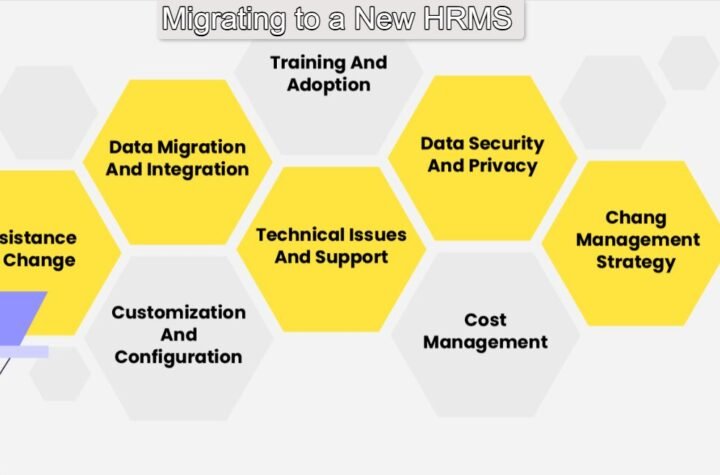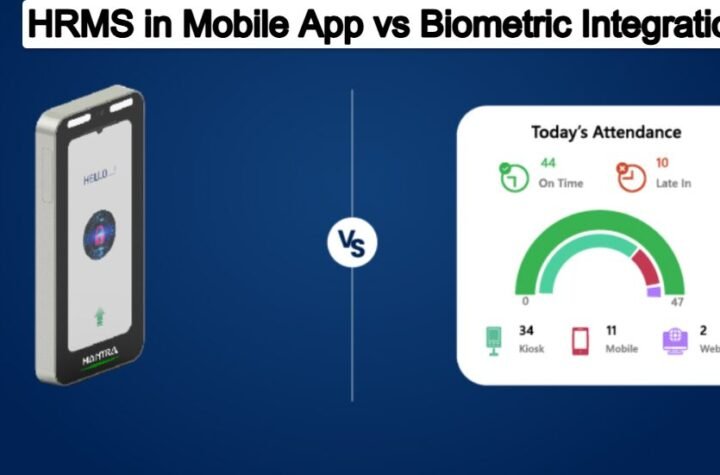
Increasing Sales with Content Marketing
If ecommerce is part of your business, you know that SEO is king. Search engine optimization, better known as SEO, is, in essence, how a site finds its way to the coveted first page of a web engine.
This formula is maximized with good content marketing strategies to bump up the site’s rankings. Links that appear on the first page of a search’s results are more likely to be chosen. In fact, 75% of people will never look past page one!
Google, of course, is the dominant web crawler. Over 90% of queries are performed through this high-powered search engine. Other platforms split the remaining less than ten percent, making Google the default engine to emulate.
SEO is a complex mix of factors that combine into an algorithm used to determine page placement. One of the most important parts of this formula is the content marketing of a site.
When you boost your ecommerce business with content marketing, you’re going to improve your SEO. As you do, you’ll see your sales increase, too!
It’s not magic. It’s math, and you can follow the formula when you use these seven tips in your own marketing content.
1. Help Your Target Audience
Content drives people to your site for a reason. They’re interested in the topic they queried.
If you limit your content to only your product or service, you’re missing a huge audience. Instead, think about what your ideal target client needs in their life. How can you provide content that answers their question and connects them to you?
When your well-written website content shows off your knowledge, they’re more likely to be interested in your product, too.
2. Be the Only Resource They Need
A person who is checking out an ecommerce site either wants to purchase something or has a question they want answered. You can take care of both of these problems if you’re thorough with your information.
When you choose a topic to write about, go in-depth on it. Keep your focus on the subject, with outbound links to further information on anything related.
When you’re the only resource the consumer needs and you provided expert information, they’ll remember you as their go-to site.
3. Make Sure Your Platform Can Keep Up
It’s a great problem to have, but when you’re loading up your site with content, too much business can bog it down.
Today’s typical shopper is impatient. They won’t wait longer than three seconds for a site to load. If you have a lot of content, your platform needs to load it all fast.
From loading images to transacting sales, the platform you choose must be able to handle your content. If it lags, you’ll lose sales.
Go with the best platform you can find. The return on your investment will be more than worth it.
4. Use Videos to Engage Your Viewers
Content isn’t limited to pictures and blog posts. YouTube and TikTok have made videos the preferred method of choice for sharing info today.
If you’re not sure how to use video streaming to boost your sales, you have lots of help available! Google AdWords helps you find the keywords to use to bring users to your site. From there, use the keywords you found to make videos and engage with potential shoppers by showcasing product tutorials, compare products, answering questions, etc in your video.
Use the keywords you found to engage with potential shoppers. Design videos that show product tutorials, compare products, or answer questions.
Before you release the videos, tag them with the appropriate keywords, then share on all your social media!
5. Build and Use Your Email Lists
Email lists are considered to be the goldmine of content marketing. If you can design an opt-in to get people to give you their emails, you have a treasure trove of future buyers in front of you.
Subscribers are picky about their emails, though. Don’t overload them with content, but don’t be so random that they forget who you are in between blasts.
6. Generate High-Quality Content
Yes, you need content to rank in SEO ratings. But not all content is high-quality, and that’s what you want.
Your own blog posts and product descriptions are unique to your site. These are often time-consuming, and you don’t want to be stuck doing this permanently.
Instead, find other ways to generate high-quality content. Get consumer testimonials, ask for product reviews, and connect to other non-competitor sites.
With a content marketing strategy, you can take a few hours a month and design the next 30 days’ worth of marketing. Create checkpoints throughout the month so you can see what’s working and what isn’t and tweak it as needed.
7. Use the Rest of SEO, Too
Your content is crucial, but there are smaller parts of SEO that makeup the entire algorithm. Leaving these little pieces out can knock you off the first page.
As you design your site, keep these SEO formula parts in mind:
- Verify that your website is secure and easily accessible.
- Check how fast your desktop and mobile pages load.
- Design a mobile-friendly site by cross-checking each page with your own mobile device.
- Remember that how old your domain is and the URL you select are parts of the formula.
- Use high-quality, optimized content that includes technical SEO information.
- Include inbound and outbound links, but don’t overdo this.
This might sound like a lot, but don’t freak out!
When you get familiar with all the pieces of an SEO algorithm, it quickly becomes part of your regular content marketing process.
Conclusion
The ecommerce market is a multi-trillion dollar industry. The Digital Era has made it simple to engage in global shopping, and your business can benefit, too!
With a content marketing strategy and high-quality images and writing, your site can maximize its ecommerce sales.





More Stories
How to Work Within Data Privacy and Still Personalize Your Marketing
RajkotUpdates: Your Go-To Source for Comprehensive and Timely News Coverage
Role of Meta Descriptions in the Growth of Rankings and Commitment